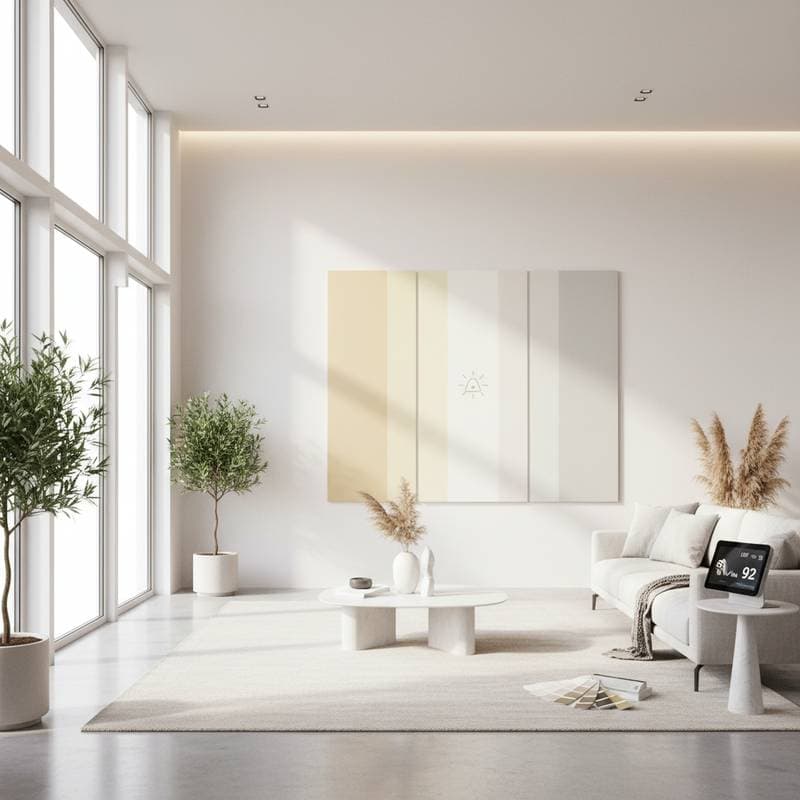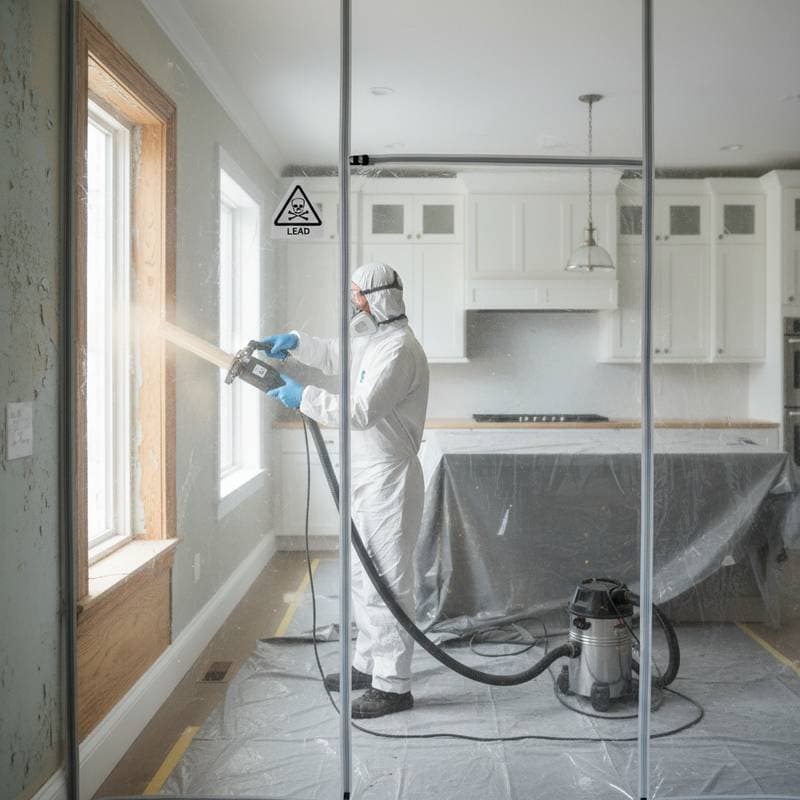How LRV Enhances Room Brightness in 2025
Many homeowners experience disappointment when a newly painted room appears darker or brighter than anticipated under actual lighting conditions. This outcome often traces back to Light Reflectance Value, or LRV, a critical metric that influences how paint colors interact with light. LRV serves as an essential tool for designers and homeowners alike, enabling spaces to feel more expansive, welcoming, and balanced.
Defining LRV and Its Importance
LRV quantifies the percentage of visible light reflected by a paint color, ranging from 0 percent, which absorbs all light, to 100 percent, which reflects it entirely. Higher LRV values result in brighter room appearances, while lower values contribute to a sense of depth and coziness. This measurement shifts the focus from mere color selection to anticipating performance in real-world settings.
In both digital renderings and physical applications, colors with elevated LRV effectively distribute light, ideal for compact areas seeking an airy quality. Conversely, moderate or reduced LRV options foster intimate atmospheres. Professionals rely on LRV for consistent outcomes, ensuring colors perform reliably in photographs or videos.
Observing LRV Effects in Practice
Consider selecting a soft gray paint with an LRV of approximately 70. This choice reflects substantial natural and artificial light, creating a crisp, uplifting environment. Reducing the LRV to 40 transforms the space into a more subdued, comforting retreat. The suitability depends on the desired ambiance.
During television production involving room transformations, LRV proves indispensable under studio lighting. Mid-range values maintain vibrancy without fading or dulling. Homeowners benefit similarly, gaining precise control over illumination without relying on additional fixtures or architectural modifications.
Cost-Effective Strategies for Maximizing Brightness
LRV enables efficient use of existing lighting resources. Implement these approaches based on budget:
- Minimal investment: Prepare surfaces by cleaning walls and ceilings thoroughly. Accumulated grime reduces light reflection, so a simple wash can enhance perceived brightness immediately.
- Moderate investment: Apply a higher-LRV variant of a preferred color. Target values exceeding 60 for noticeable improvements in reflectivity.
- Greater investment: Pair high-LRV wall paints with satin sheens, mirrored flooring, or glossy trim elements. These materials amplify light diffusion, achieving a premium effect.
Each step complements the previous, allowing gradual enhancements. LRV delivers versatility across financial levels, ensuring accessible improvements.
Professional Selection of LRV Values
Most paint manufacturers provide LRV data on color swatches and online resources. Assess the room's natural light exposure to guide choices:
- Well-lit, sun-filled rooms: Opt for mid- to low-LRV shades to prevent overwhelming glare.
- Low-light or enclosed rooms: Select higher values, such as 70 or more, to boost reflected light.
- Open-plan layouts: Maintain LRV differences under 10 points across adjacent areas for seamless visual continuity.
Renters may employ temporary solutions like peel-and-stick wallpapers featuring high-LRV designs, simulating painted effects without commitment.
LRV's Role in Mood and Practicality
Light profoundly impacts emotions, and LRV modulates this influence through color. High-LRV whites or light blues promote freshness and hygiene, suiting kitchens and bathrooms. Mid-LRV earth tones induce relaxation in sleeping quarters or workspaces. Low-LRV depths, such as navy or charcoal, provide concentration and intensity for entertainment or study areas.
View LRV as a mechanism for integrating illumination with aesthetics. Paint thus fulfills dual purposes: visual appeal and functional lighting.
Field-Tested Techniques for Precision
Apply these verified methods for optimal results:
- Sample extensively: Apply large swatches to several walls and evaluate under morning, afternoon, and evening illumination.
- Coordinate sheens: Matte finishes conceal imperfections but limit reflection; choose satin or eggshell for balanced luster.
- Adjust supplemental lighting: Warm-toned bulbs temper high-LRV neutrals, whereas cool LEDs accentuate them.
- Elevate ceilings: Use an LRV 5 to 10 points above wall colors to enhance perceived height.
Derived from high-stakes environments like film sets, these practices ensure flawless outcomes from all perspectives and translate effectively to residential settings.
Achieving Harmonious Interiors Through LRV
Mastering LRV reshapes perceptions of light in living spaces. Reflective surfaces can substitute for additional lamps, while deeper tones sharpen focal points, and balanced selections promote overall cohesion. This knowledge empowers confident decisions, whether refreshing a single accent wall or reimagining an entire residence, yielding environments that illuminate precisely as envisioned.



